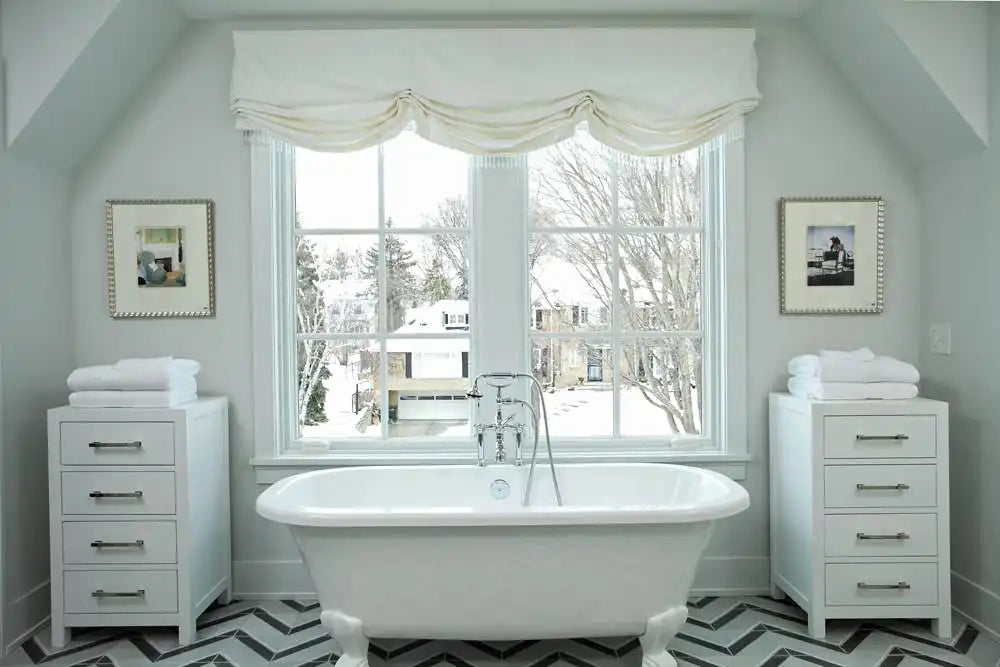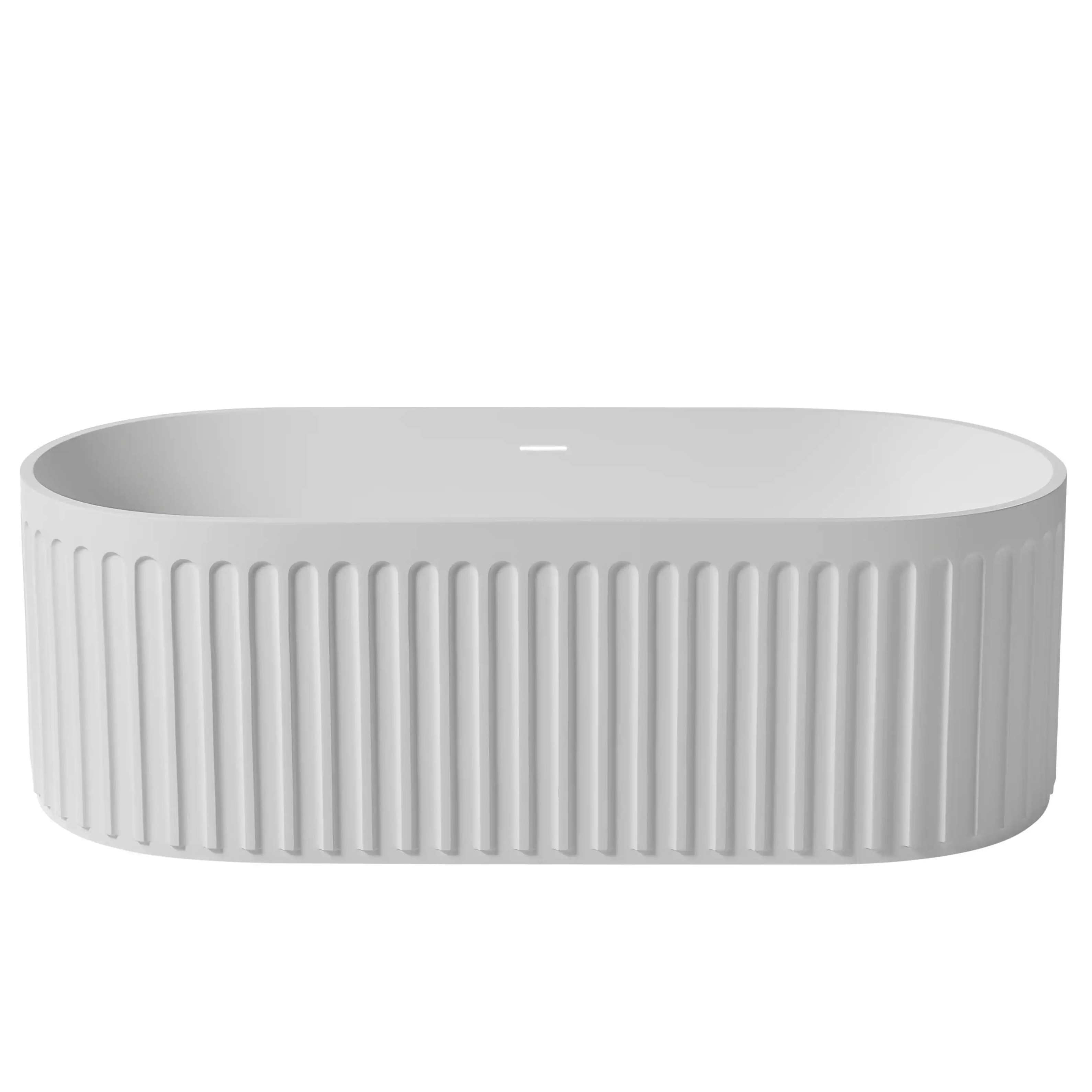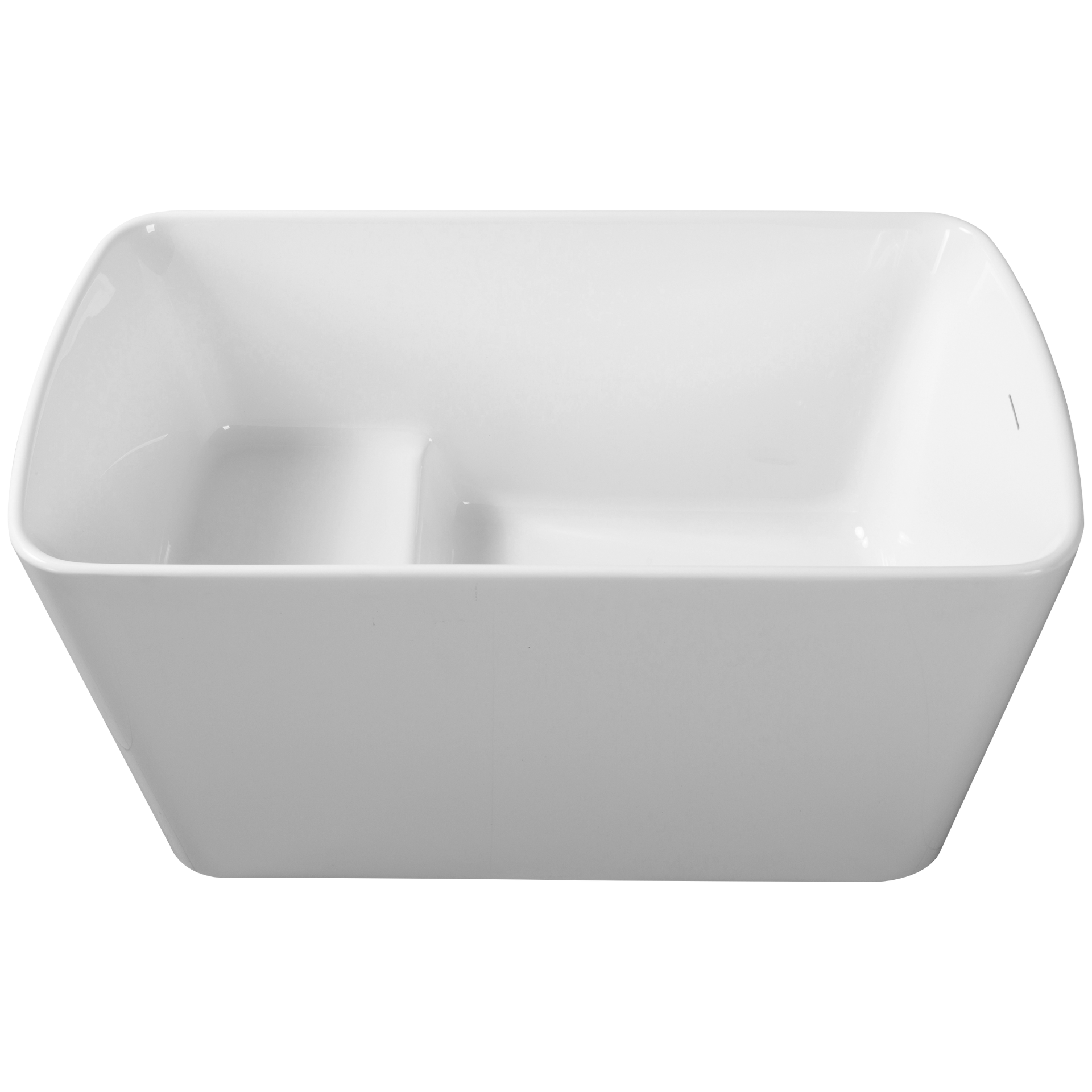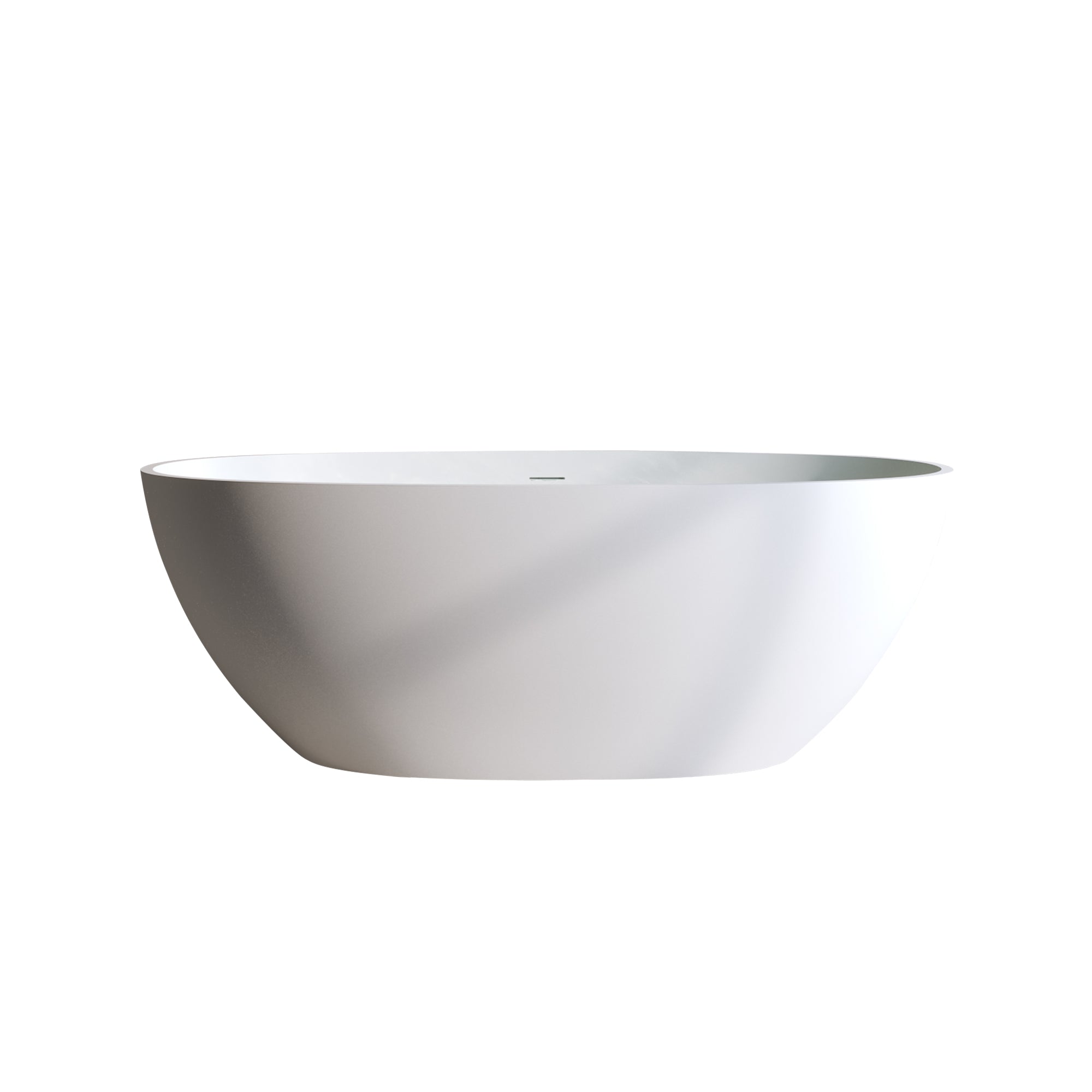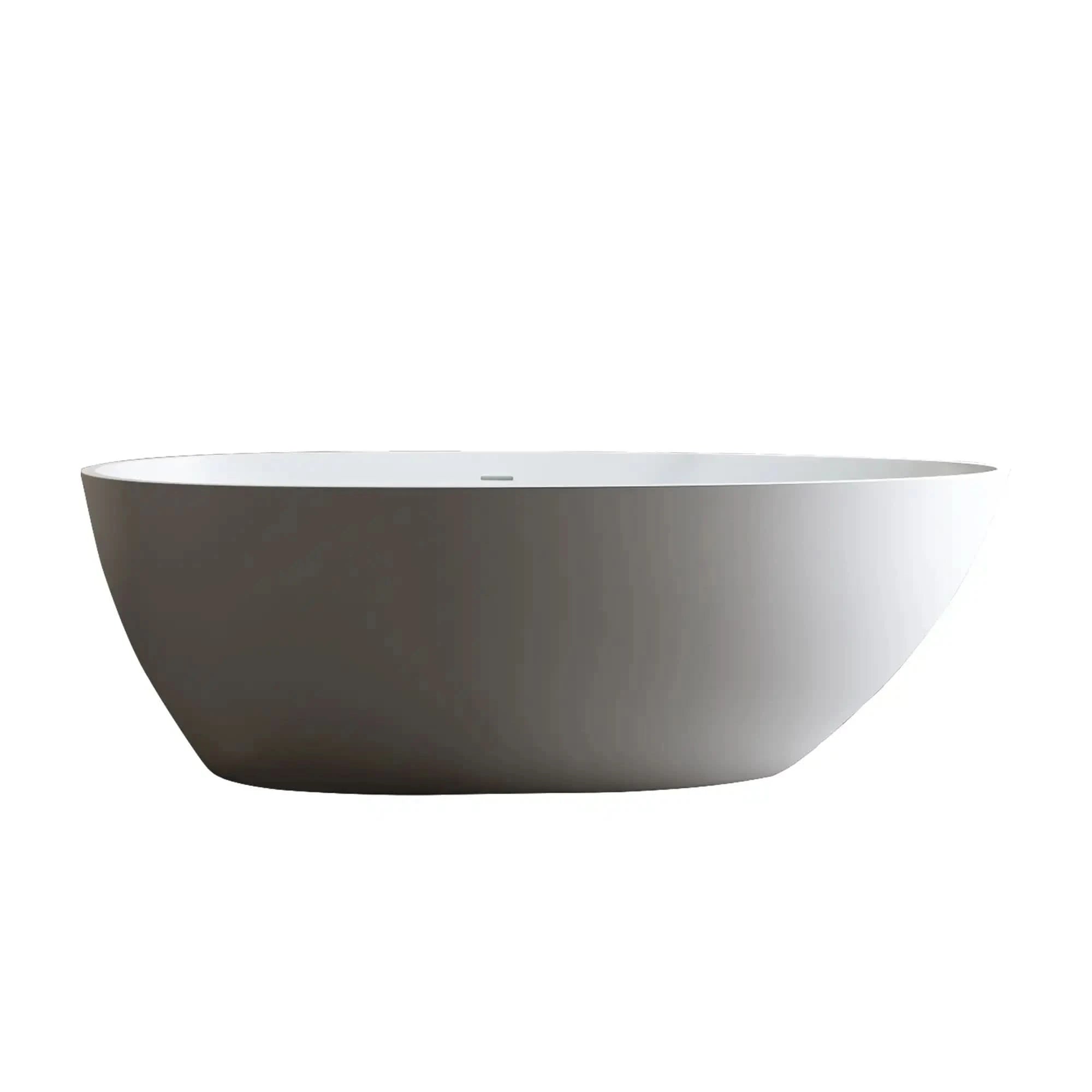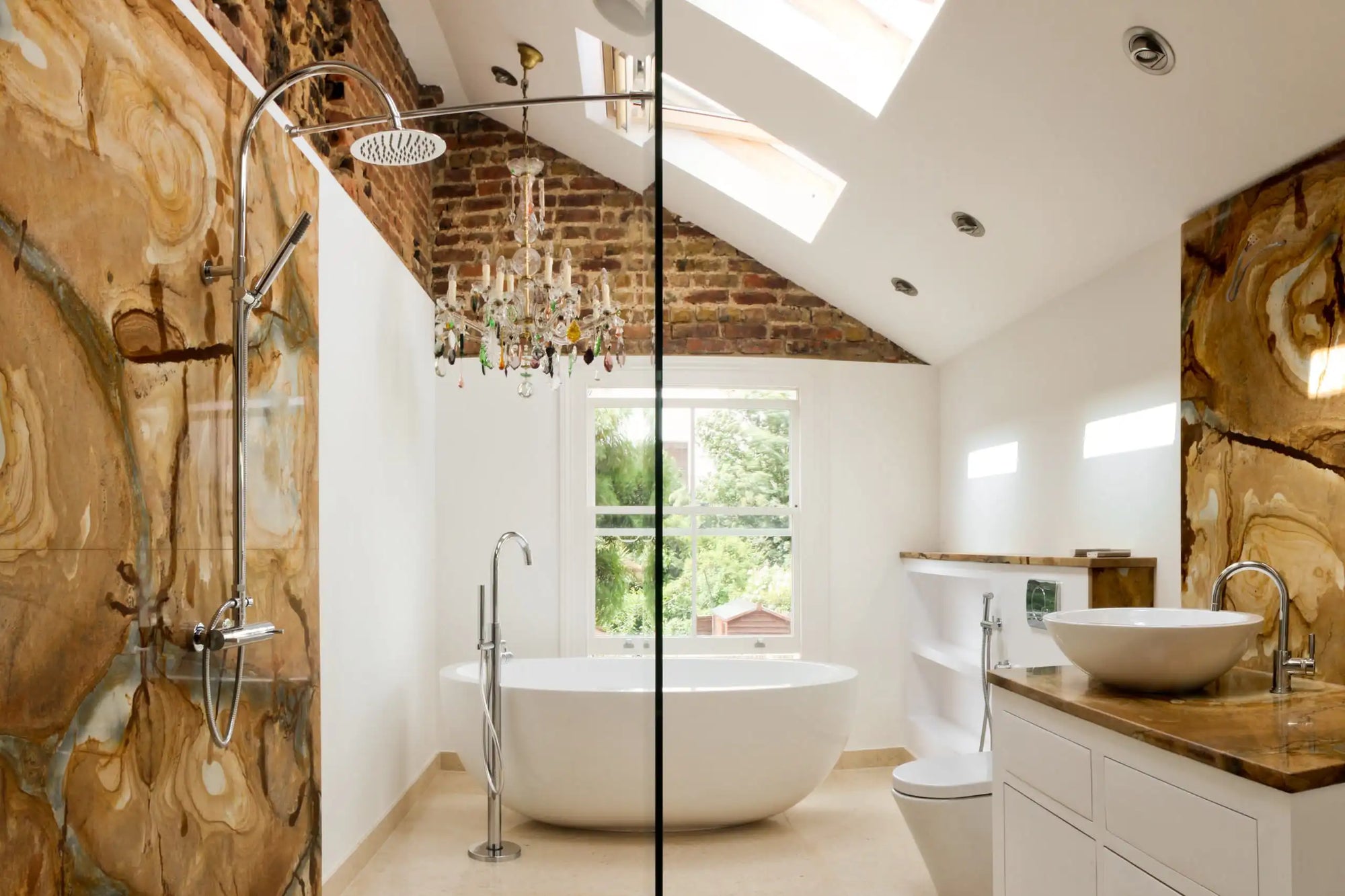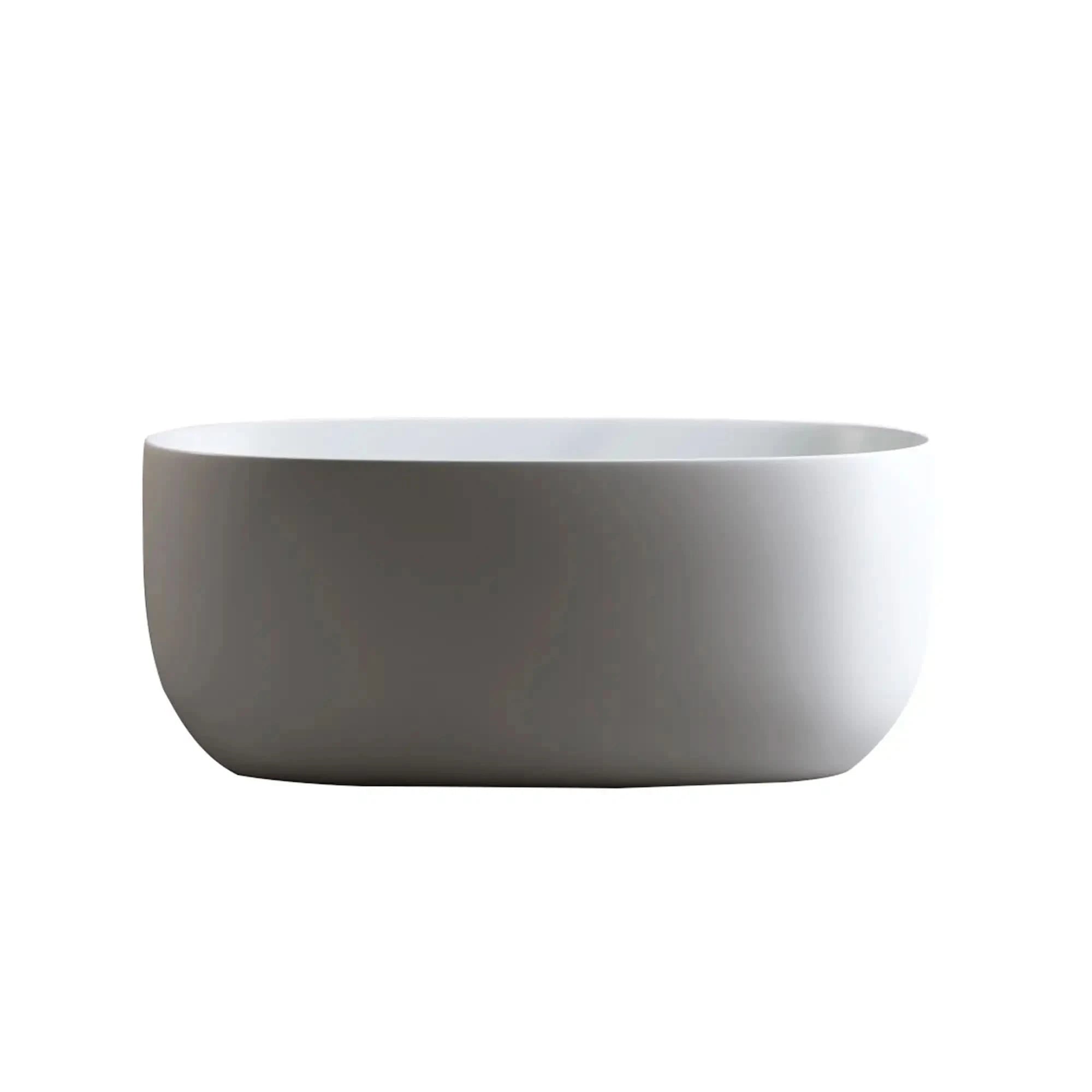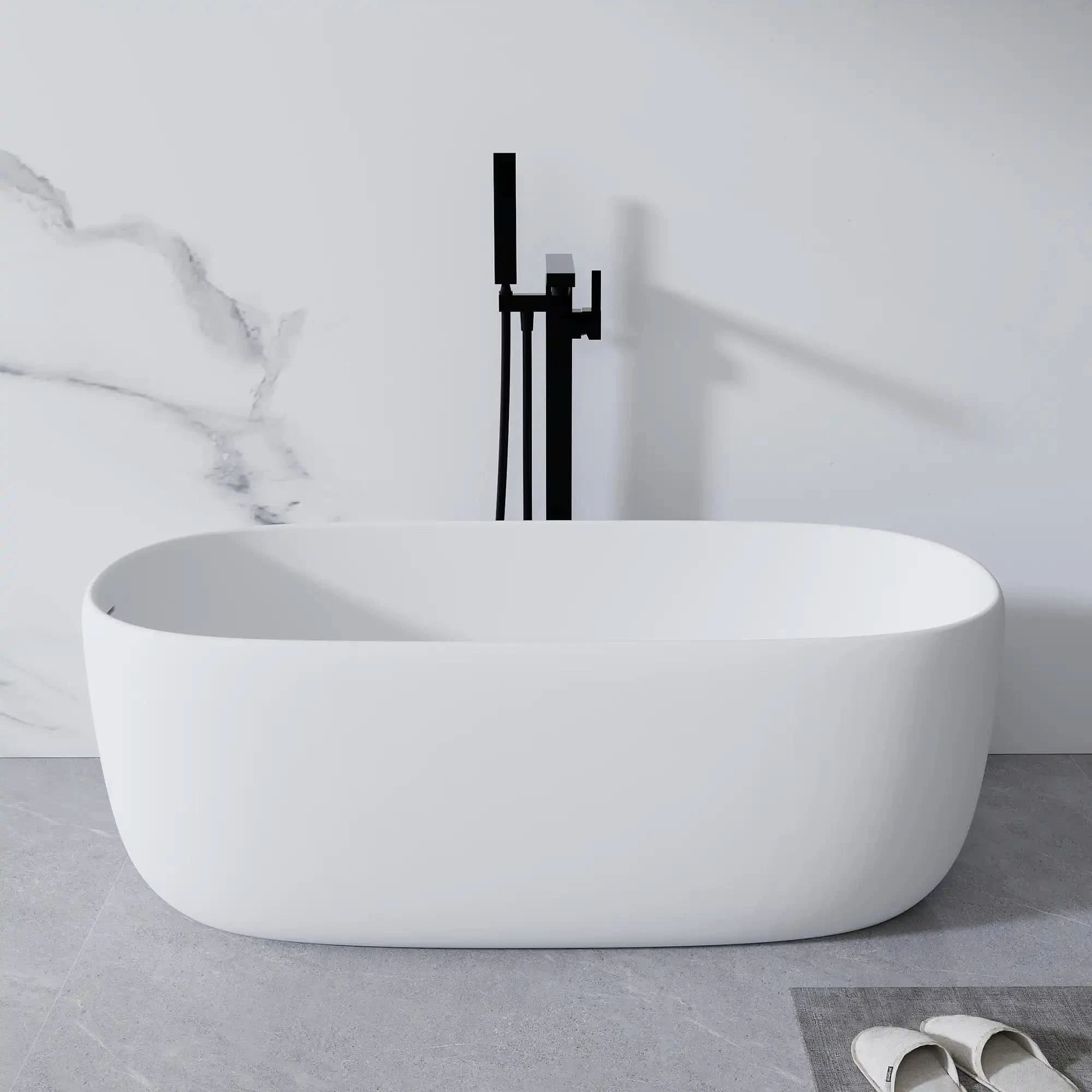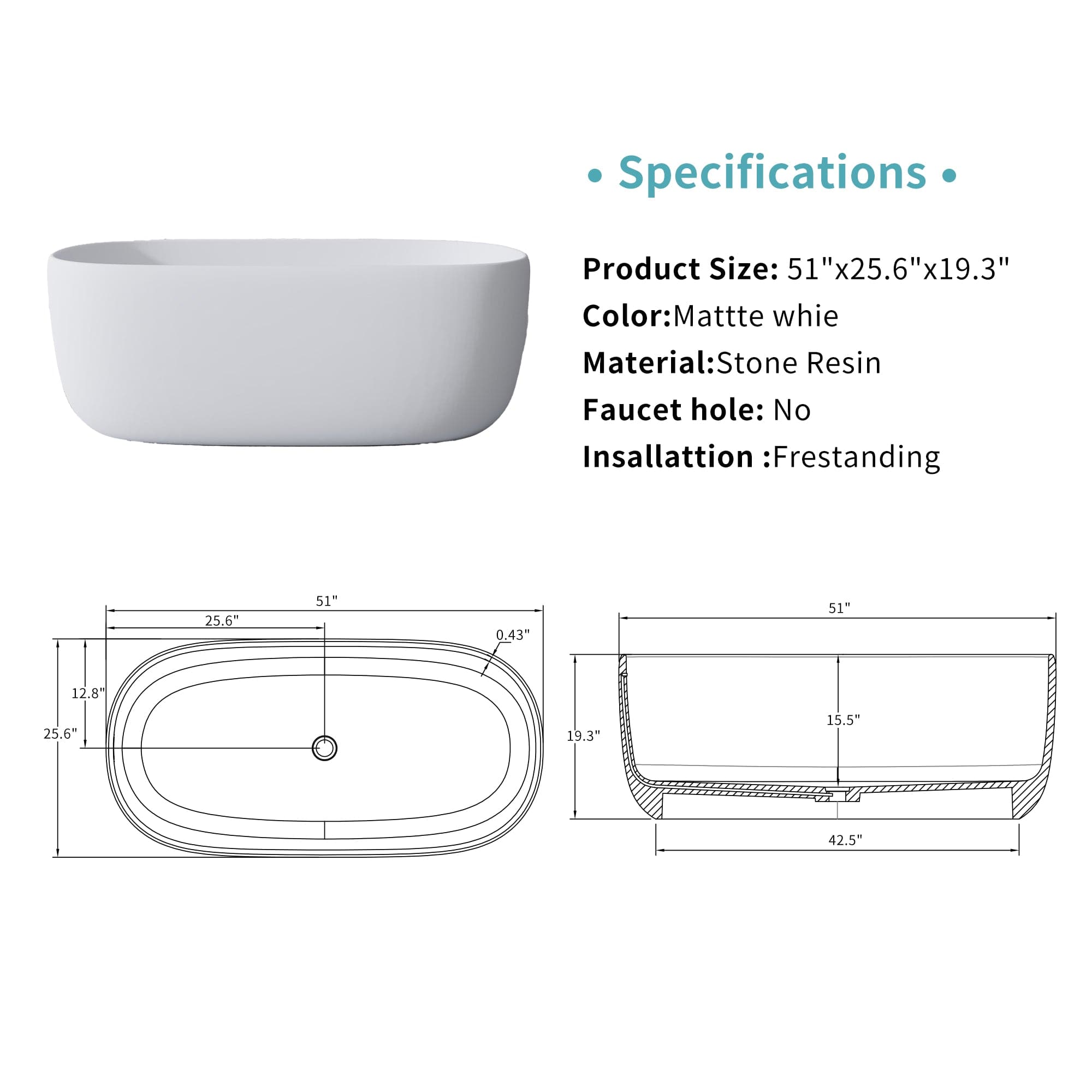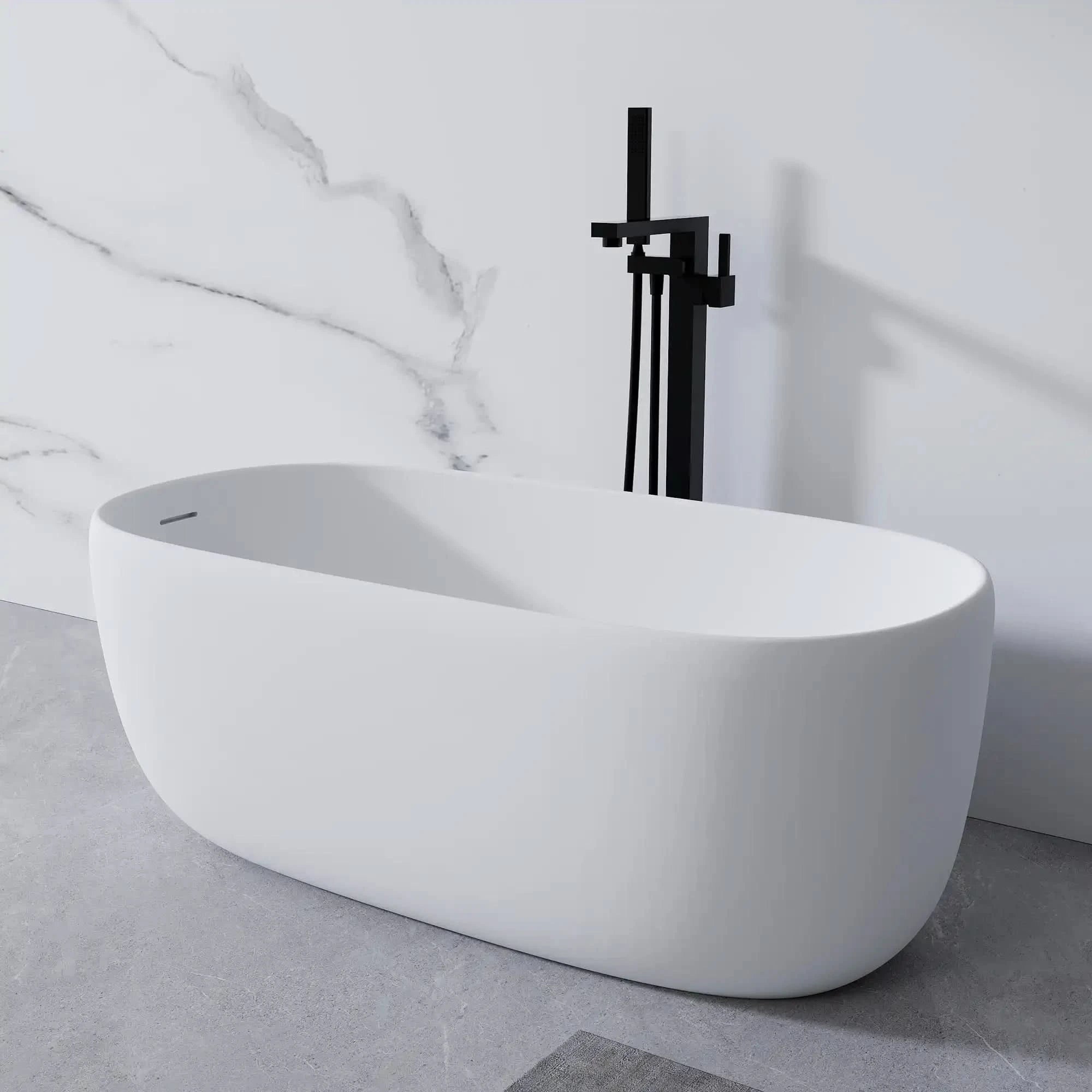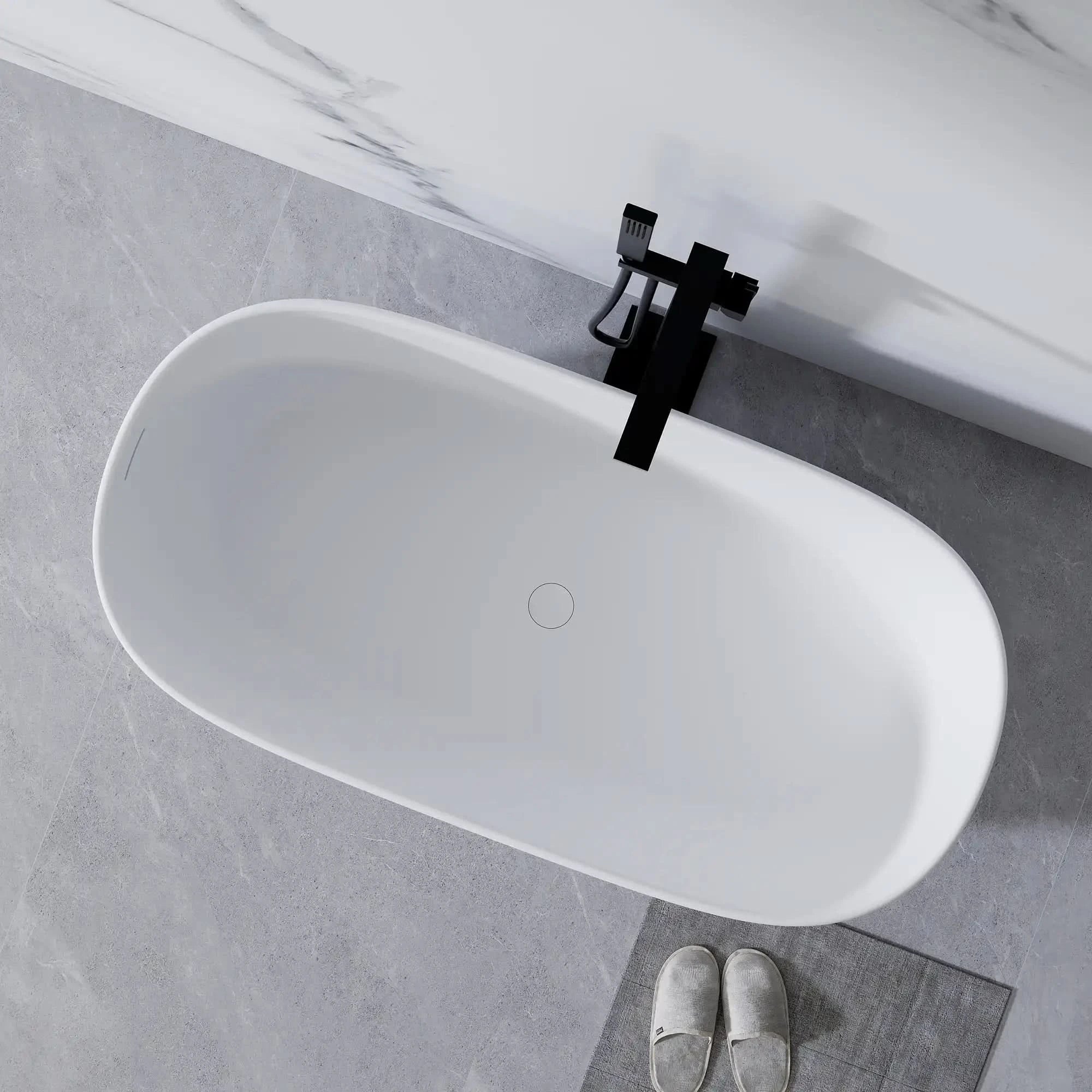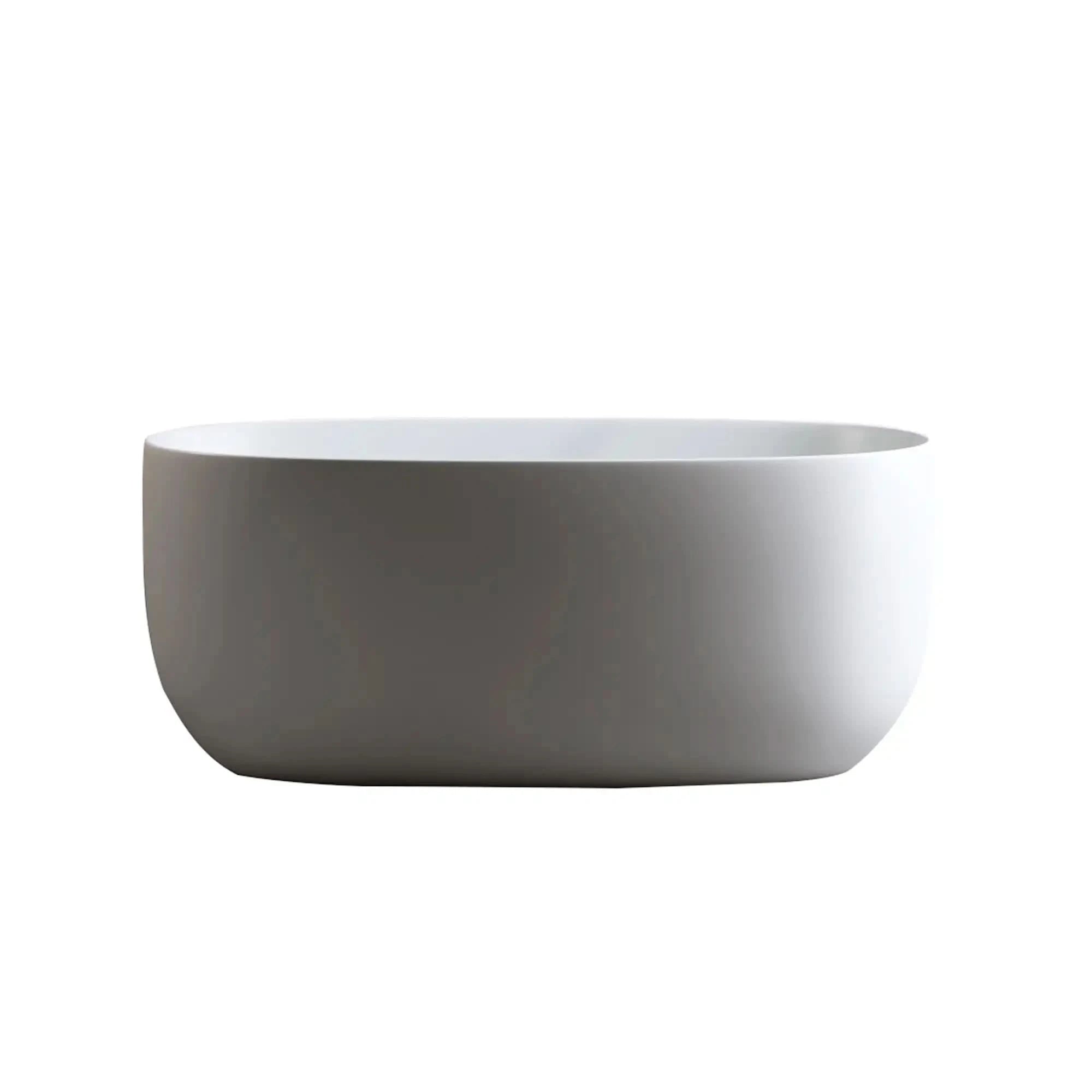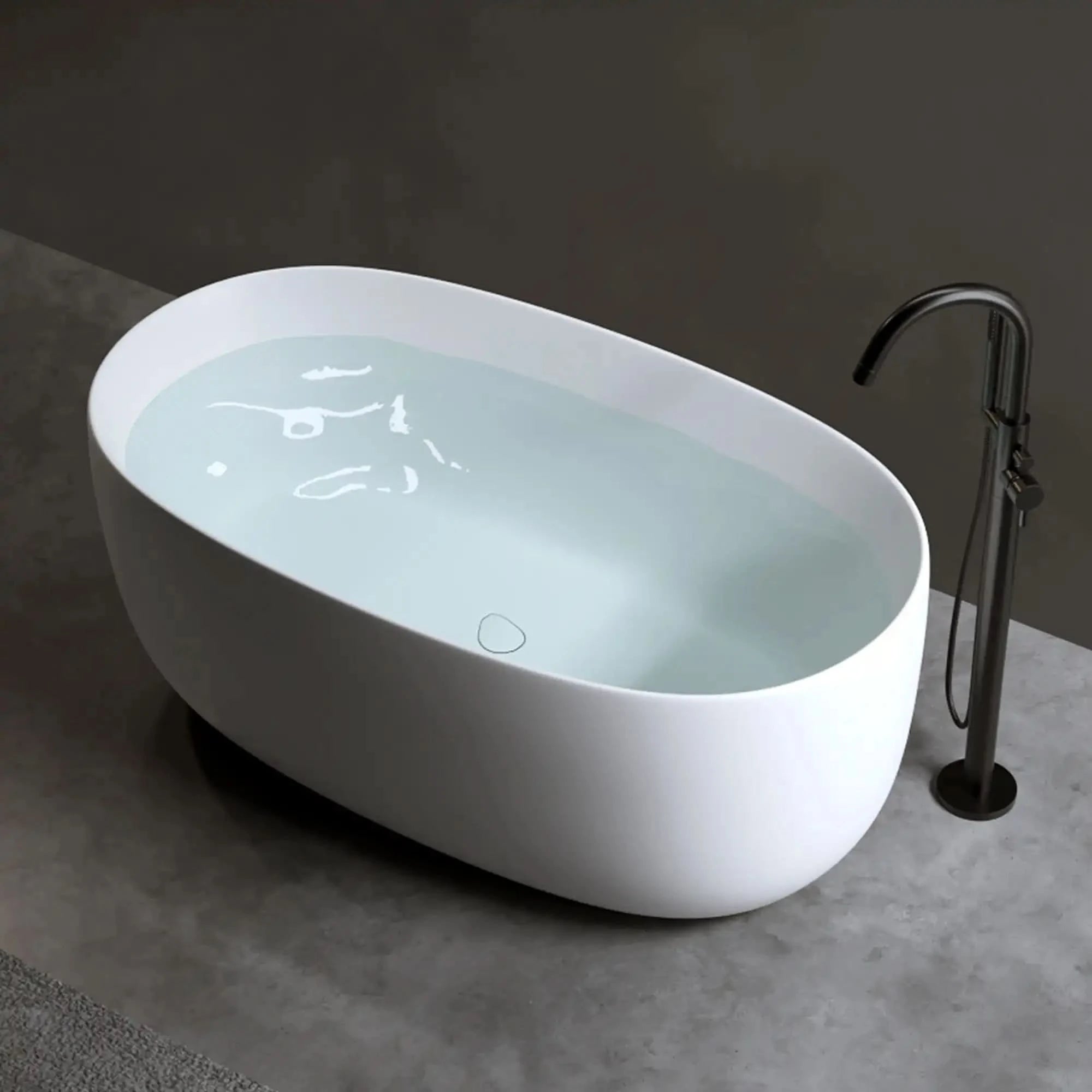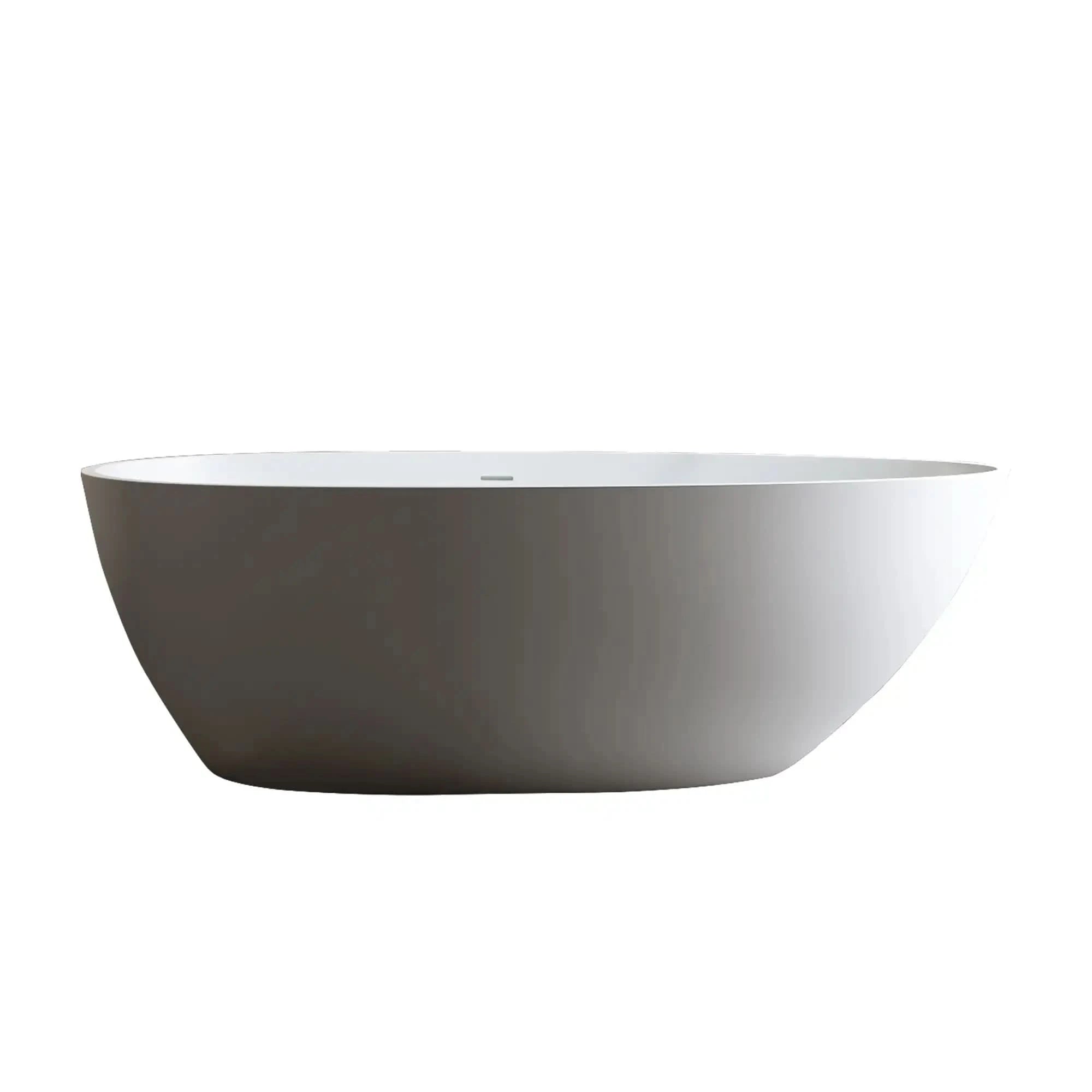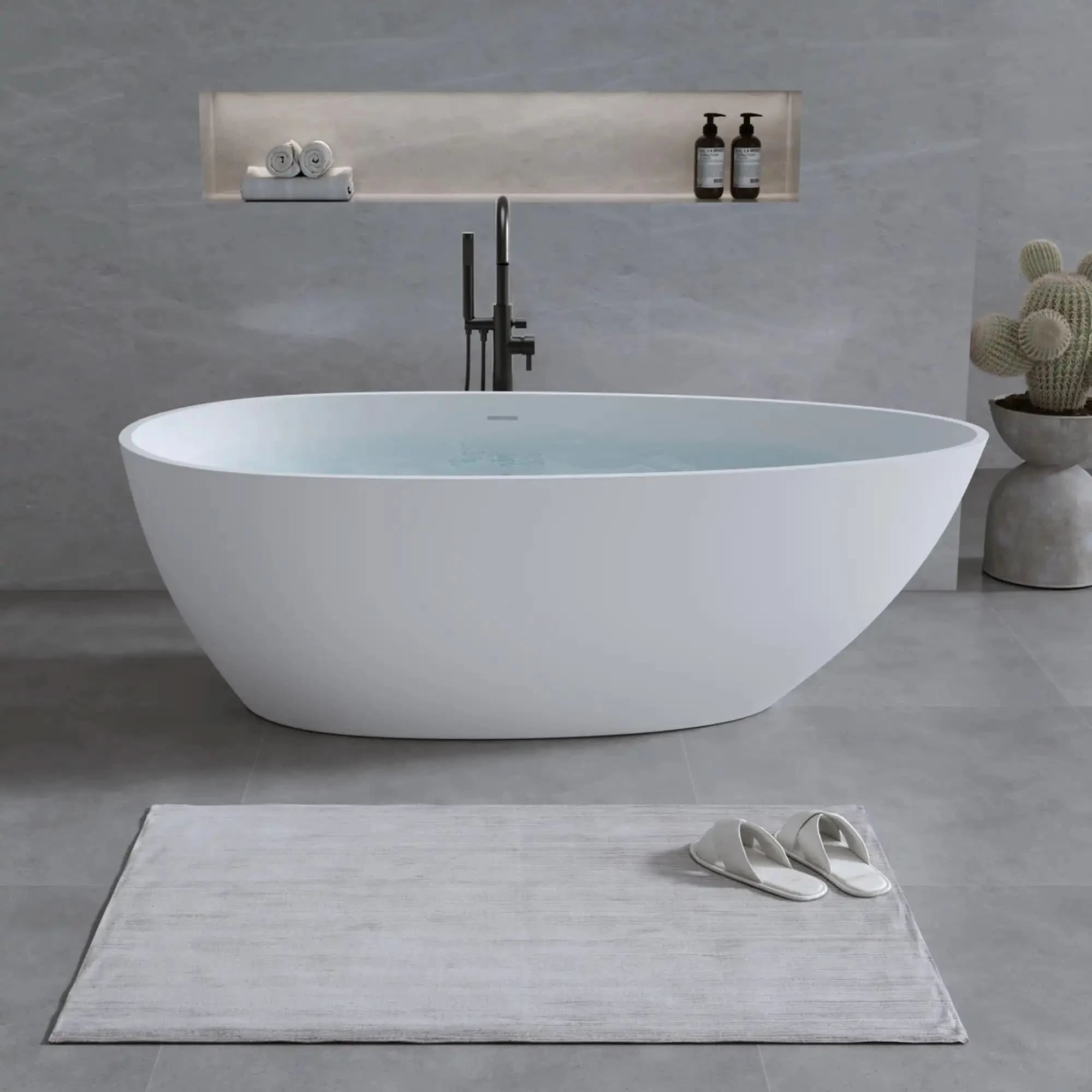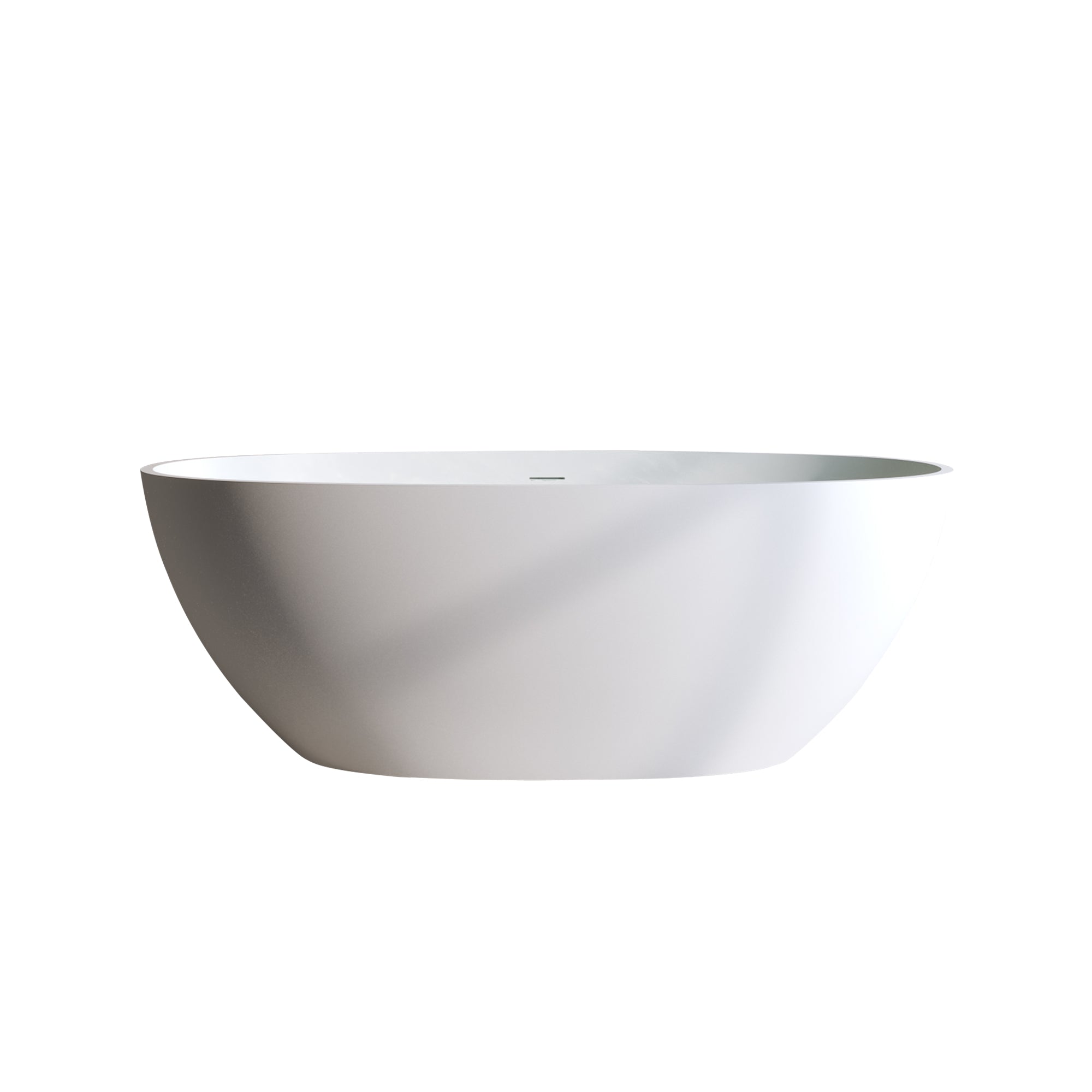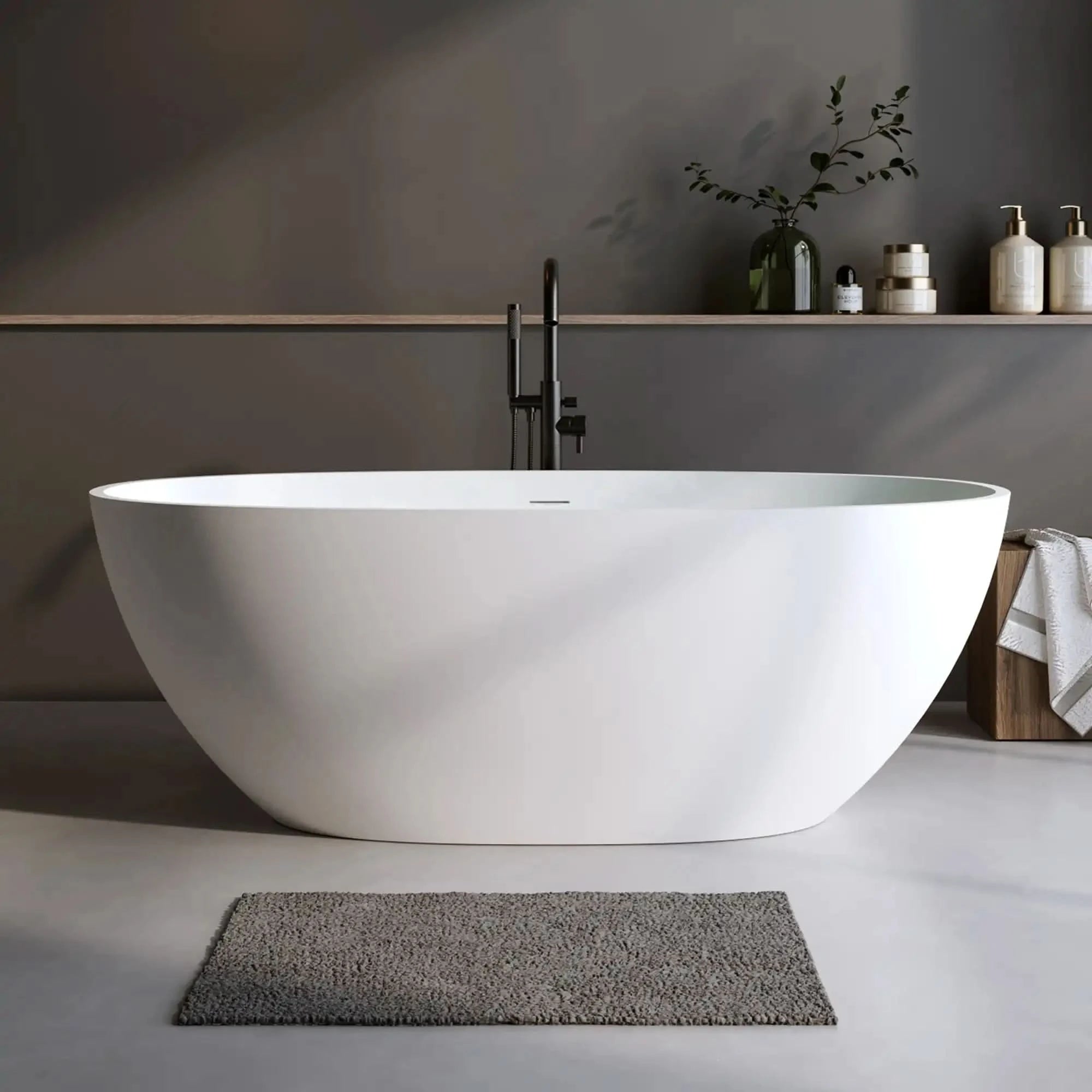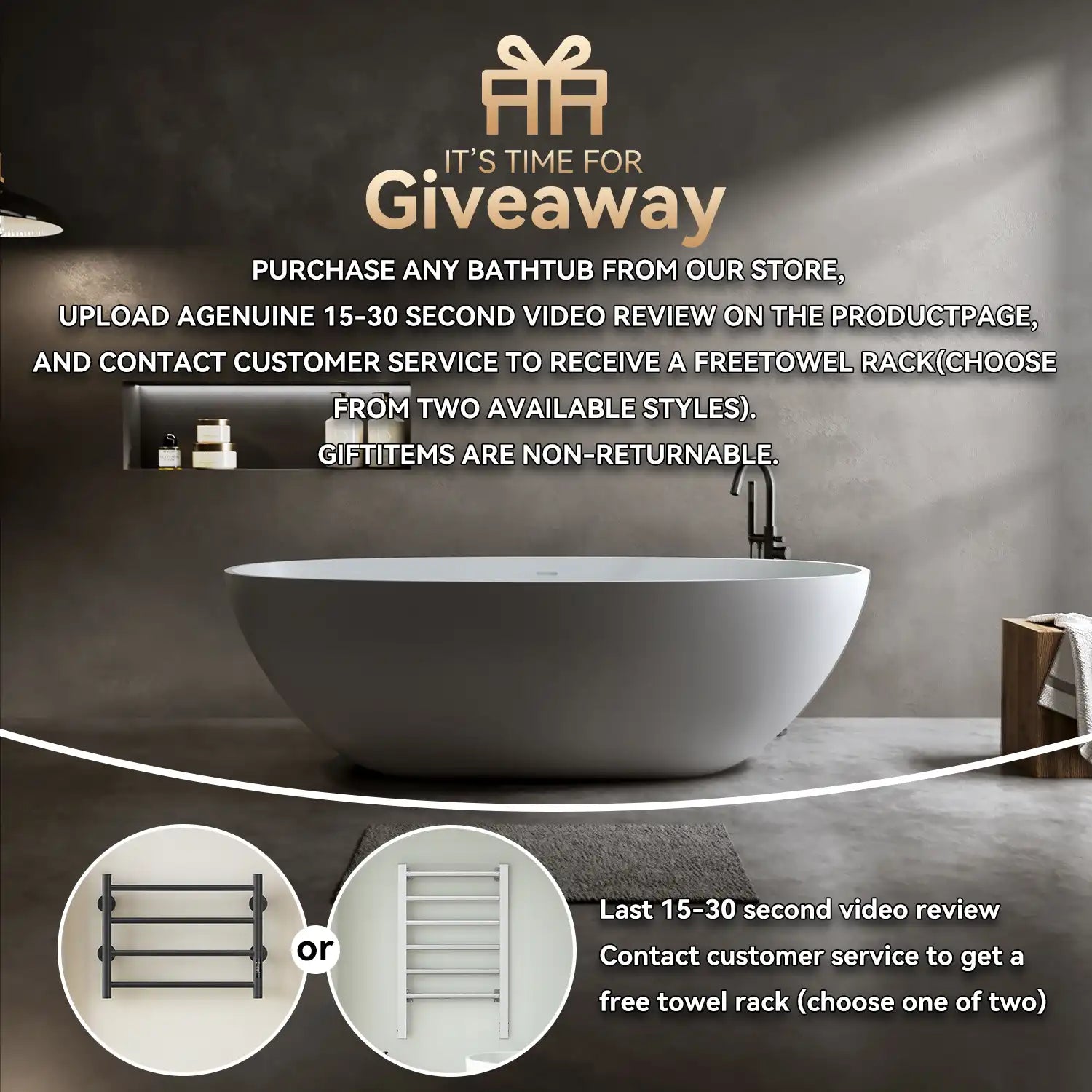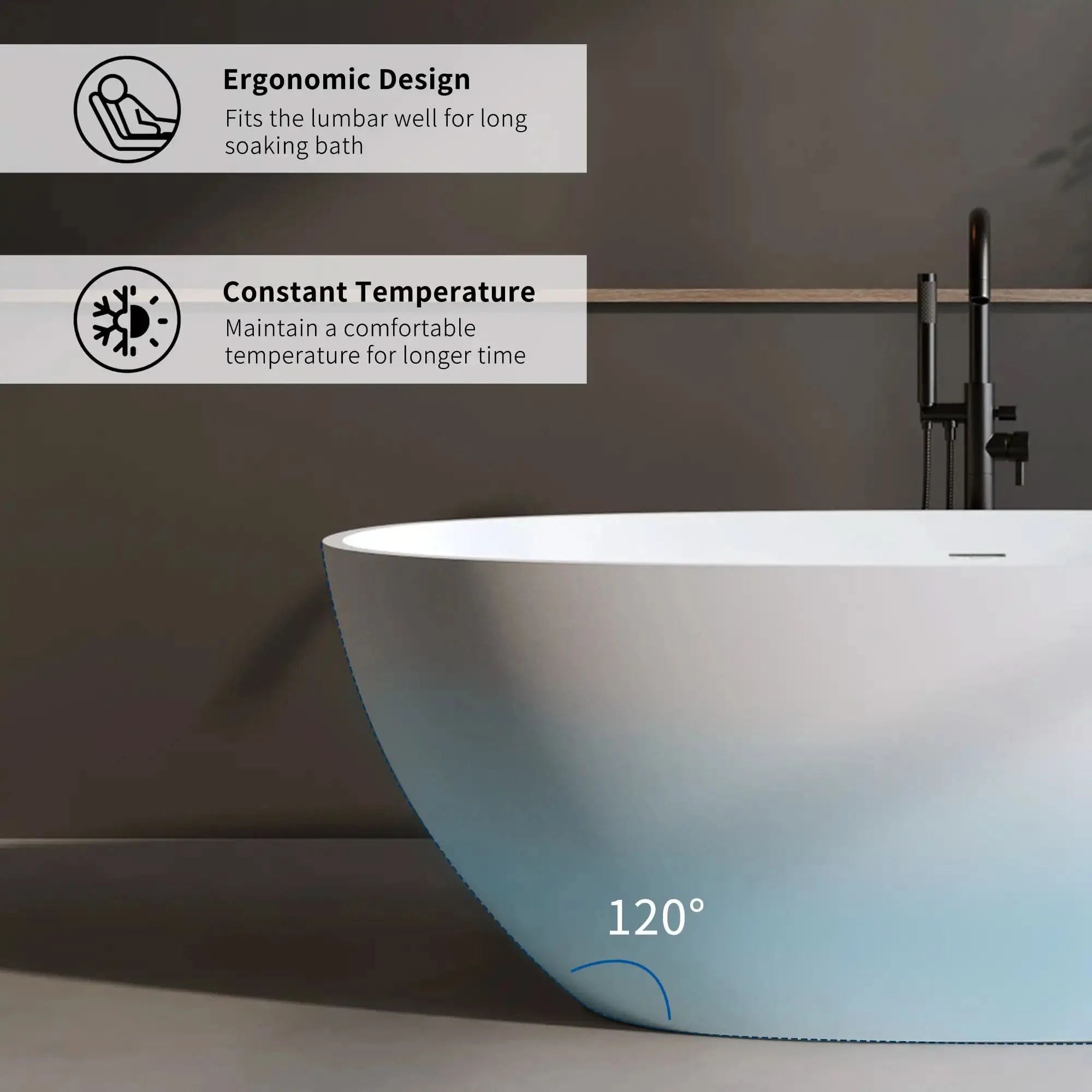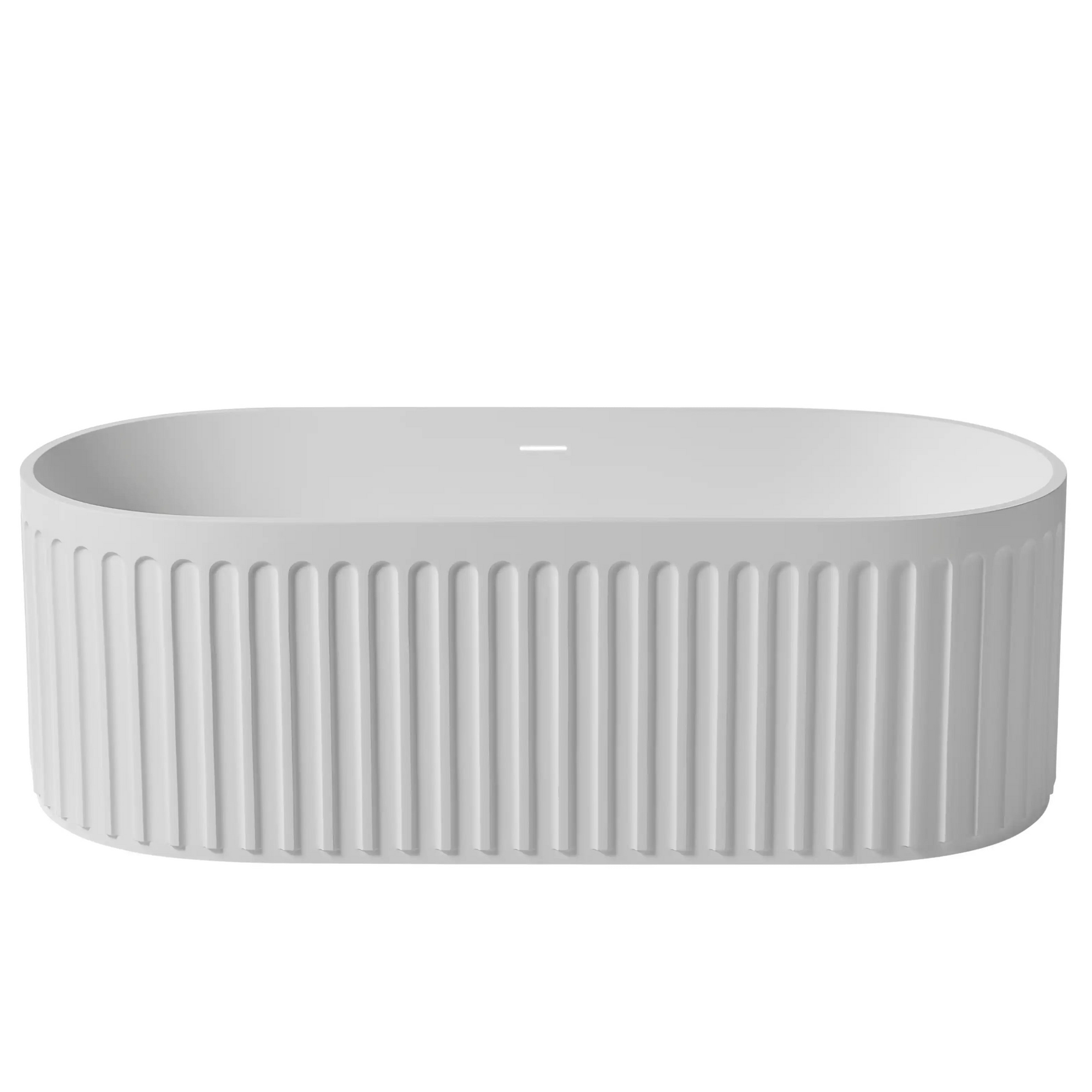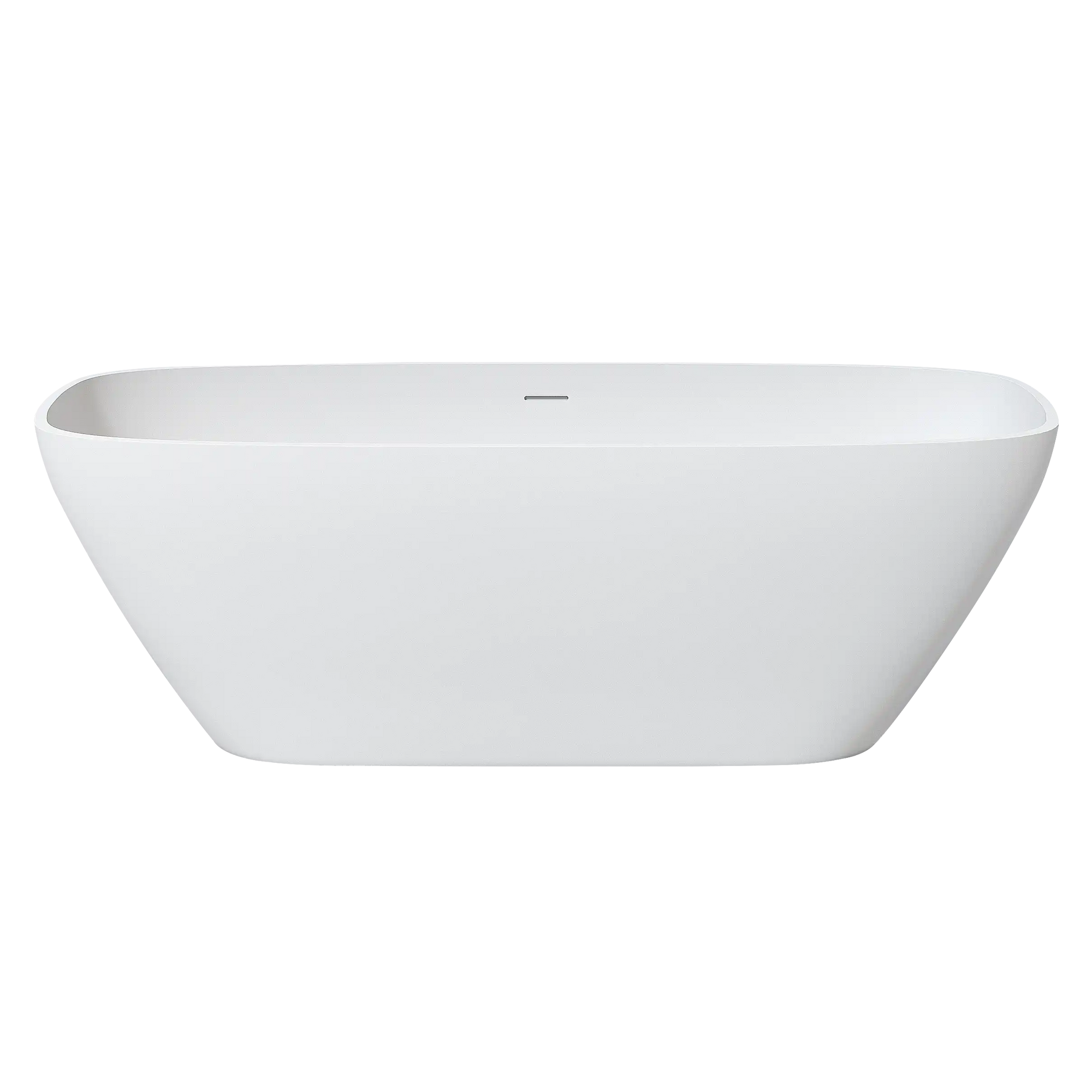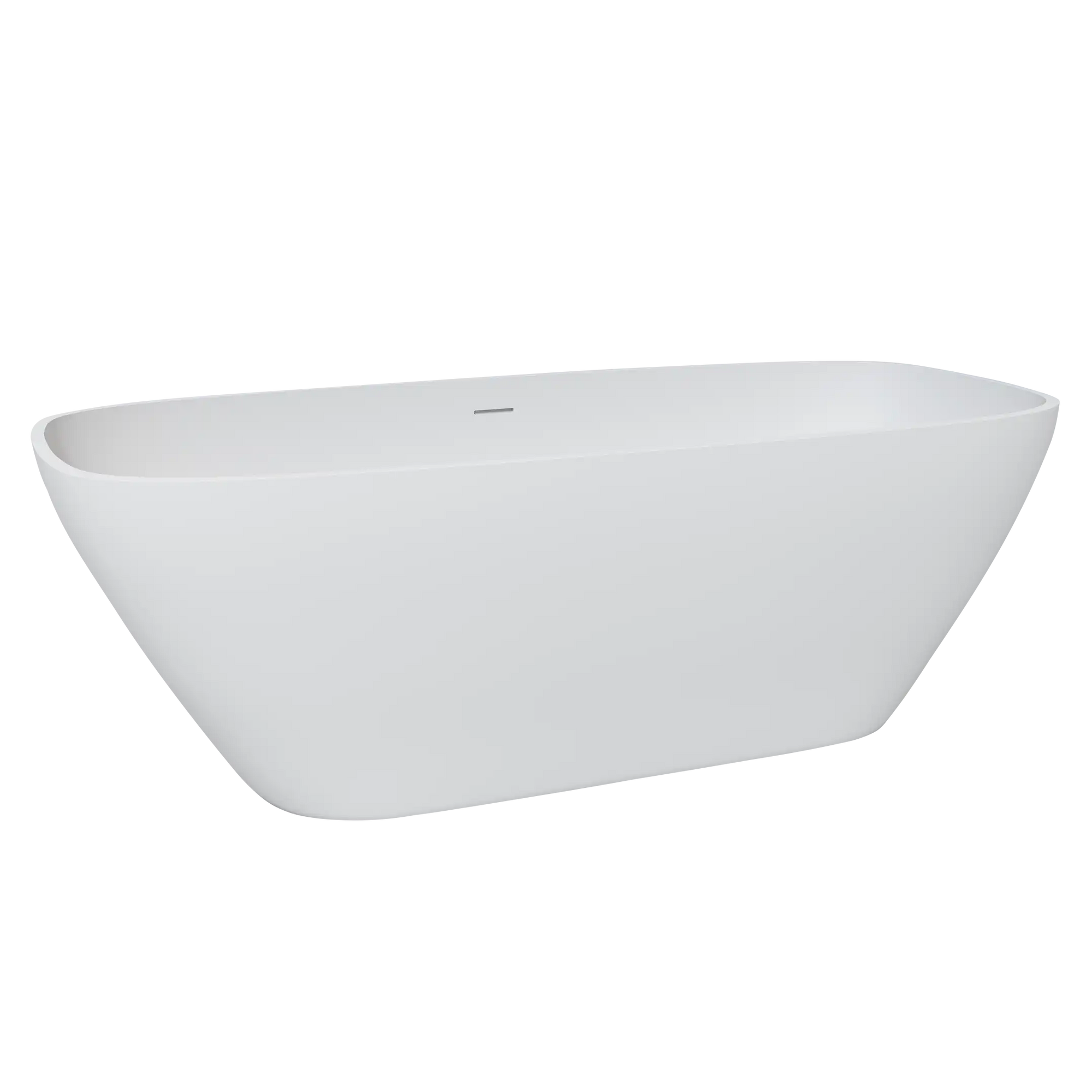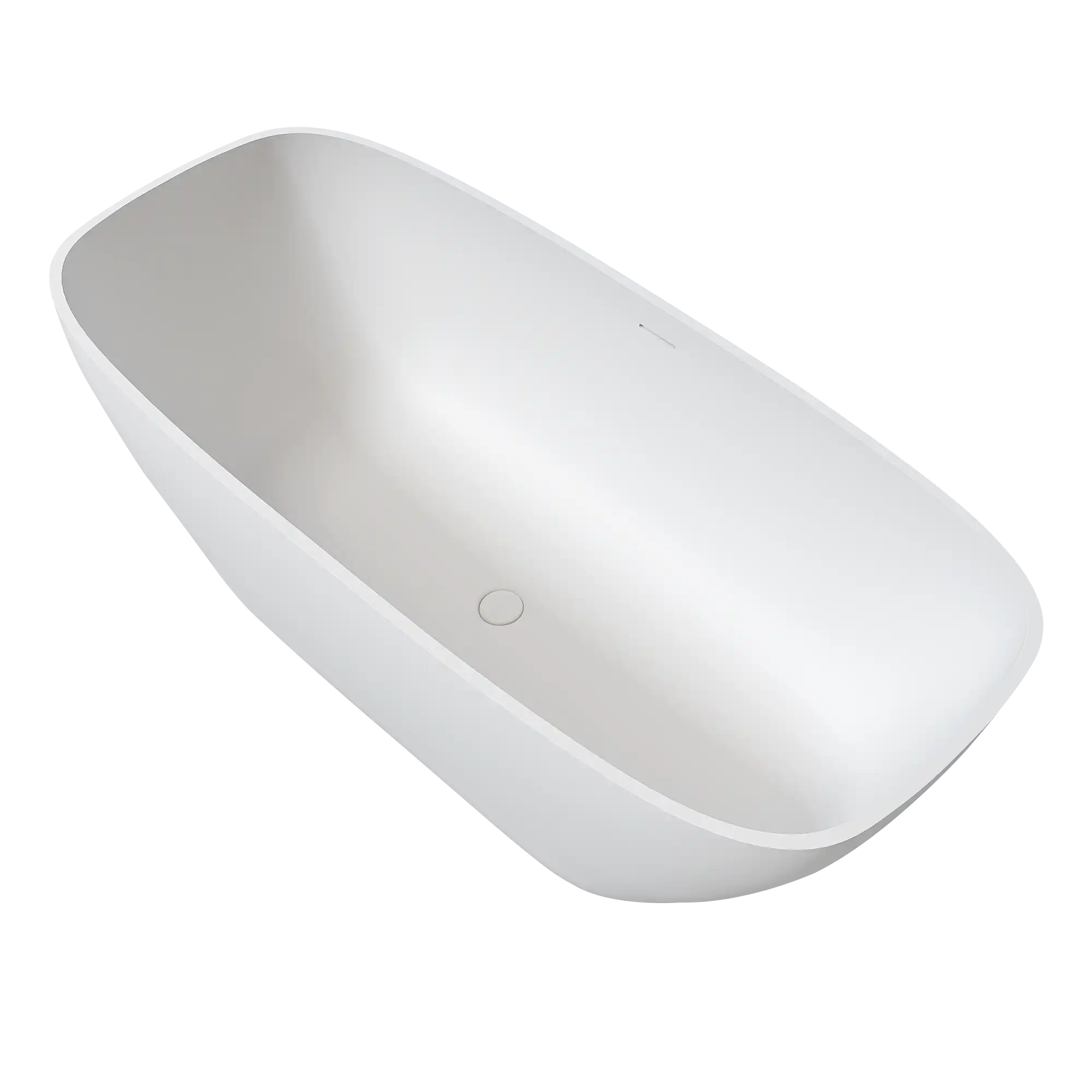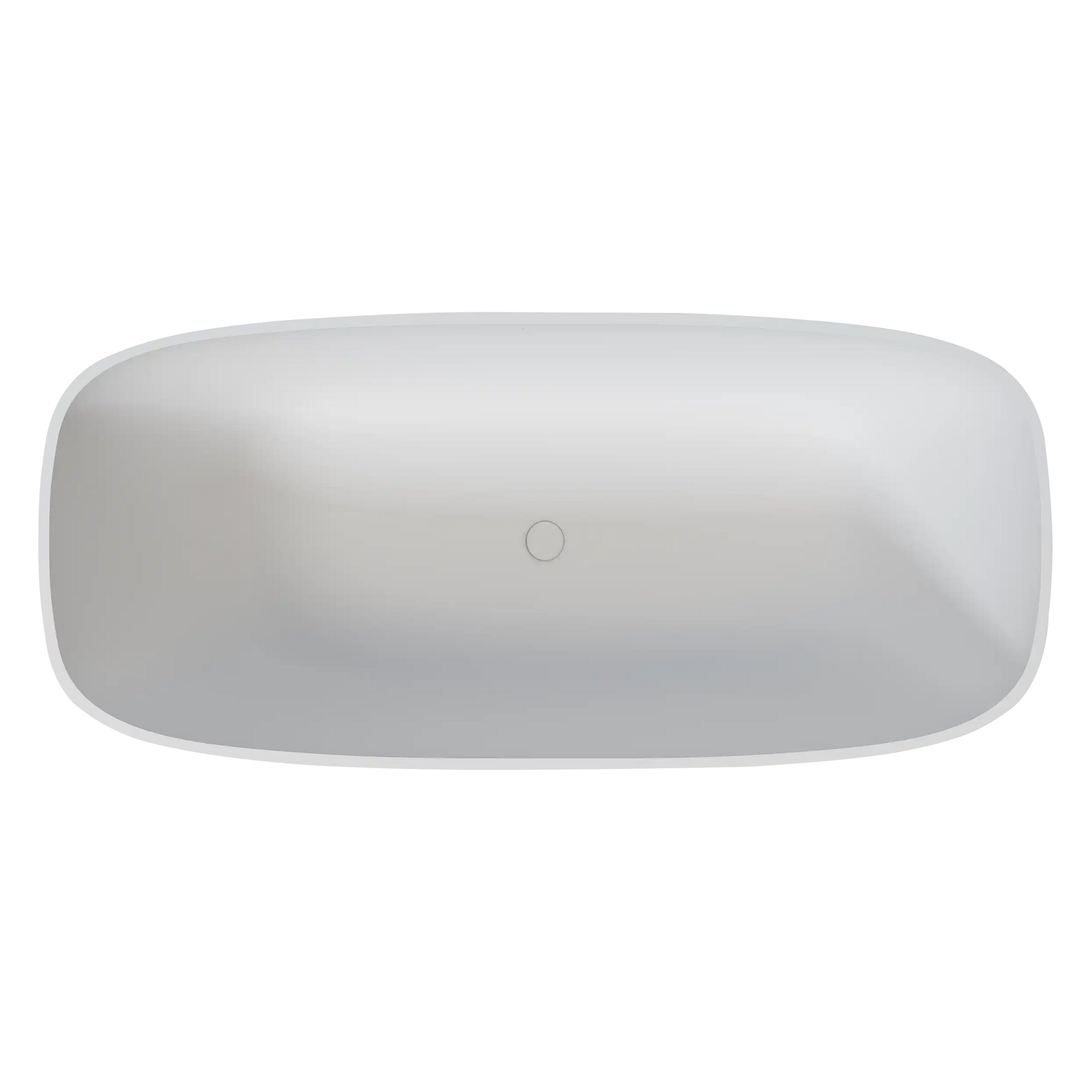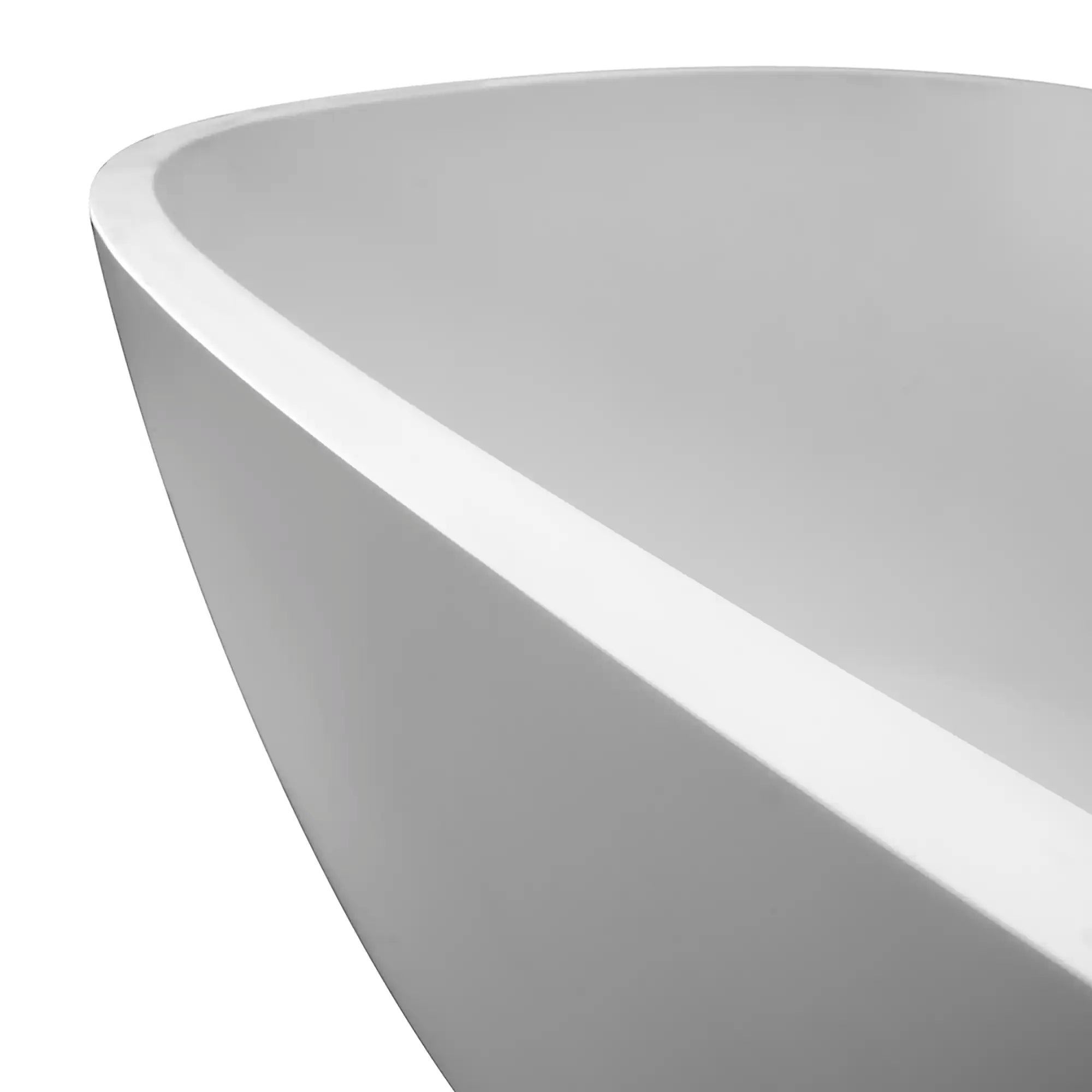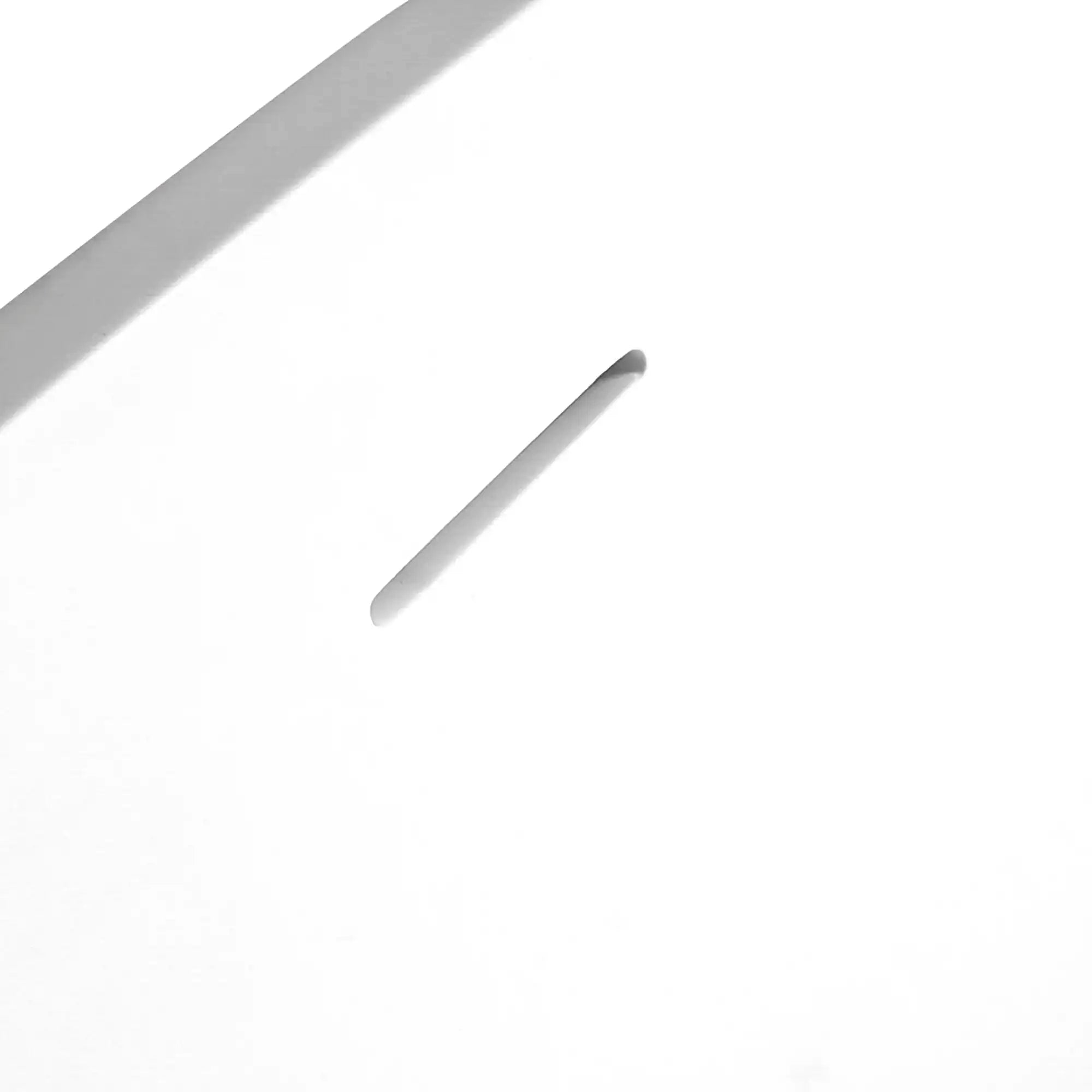Table of Contents
- Questions to Consider Before Buying a Bathtub
- Comparison of Bathtub Materials
- Bathtub Types & Installation Styles
- Should You Refinish or Replace?
- Frequently Asked Questions (FAQ)
- Related Resources
- Final Verdict : Pick One of the Best Bathtubs for Your Needs
Selecting the best bathtub isn't just a matter of aesthetics – it's about comfort, practicality, the reality of installation, and possibly something more than a few of us have to worry about: the long-term cost of ownership. A guide to your perfect bathroom renovation to make your home that much homier.
Reliable information that gives you a clear sense of what's involved from space considerations and plumbing logistics to materials comparisons and tub styles – we'll help you make an informed decision that's right for you lifestyle and bathroom configuration. Let's get started.

Questions to Consider Before Buying a Bathtub
1. What Is the Main Purpose of the Bathtub?
Understanding how you'll use the tub is the most important starting point.
- Will it be for general use in a family bathroom?
- Do you want to take a luxurious bath?
- Do you you want therapeutic elements, such as whirlpool jets or air massage?
- Is it a product for kids or seniors that might require safety add-ons?
Use-based suggestions:
| Use Case | Recommended Type |
|---|---|
| Relaxation | Soaking or freestanding tub |
| Therapy | Whirlpool or air tub |
| Families with kids | Alcove tub with shower combo |
| Seniors | Walk-in tub or shallow soaking tub with grab bars |
The fancier the bells and whistles (jets, heaters, lights), the more you'll pay up front — and the more complicated the installation.
2. How Much Space You Have in Your Bathroom?
Before you fall in love with a specific model, measure everything: floor space, doorways, plumbing access (out with the old in with the new!) and ceiling height.
- Standard tub size: ~60” L x 30” W x 14–16” D
- Soaking tubs: Typically deeper (18–24″), and perhaps one tub side is longer
- Freestanding tubs: Need clearance on all sides in your space –confirm with layout
- Corner tubs: Ideal for bathrooms with angular layouts or limited width
Measure for fit and delivery:
- Will the tub go through doorways?
- Does the drain location fit (left/right/center)?
- Do you have to accommodate a shower?
3. Is Your Water Heater Up to the Job?
The size of a bathtub can range from 25 gallons to upwards of 150 gallons. You should hot-fill the bath to about two-thirds comfortably.
A gallon of water is 8.34 lbs.
Example calculation:
A 70-gallon tub x 0.66 (hot water) = ~46 gallons of hot water needed
If you have a 40-gallon water heater, you'll run out before the tub is full.
Checklist:
- Confirm your water heater gallon capacity or GPM device output.
- For those high-capacity soaking tubs, you might want to consider a tankless system instead.
- Factor in how the bathtub may affect overall household hot water use.
4. Is the Weight of the Tub a Problem?
Blowout bathtub weight isn't just about installing it — you also need to consider that weight is structural, particularly for upper floors or older homes.
| Material | Weight (Empty) | Weight (With Water + Person) |
|---|---|---|
| Acrylic | 70–100 lbs | ~650 lbs |
| Cast Iron | 300–500 lbs | Up to 1,200+ lbs |
| Stone Resin | 250–400 lbs | ~1,000 lbs |
Average load capacity of floors in a residential apartment: ~40 lbs ft/sq.
If your total load exceeds the safe range, consider consulting a contractor.
5. Is It Comfortable to Use?
Aesthetics are of course paramount — but ergonomics matter more.
- Head to a showroom and sit in the tub. Assume the position, lay back, fake a soak.
- Assess the back angle and arm support.
- Test the ideal height if sink looks is important to you.
For seniors who have difficulty standing or anyone with mobility issues, search for:
- Lower step-in height
- Built-in grab bars
- Non-slip floor surfaces
Comparison of Bathtub Materials
Material choice affects durability, heat retention, cleaning effort, and aesthetics. Here's how to pick:
| Material | Durability | Heat Retention | Maintenance | Weight | Average Price (USD) |
|---|---|---|---|---|---|
| Acrylic | Good | Good | Easy | Light | $500 – $1,200 |
| Fiberglass | Fair | Poor | Easy | Very Light | $300 – $800 |
| Cast Iron | Excellent | Excellent | Easy | Heavy | $1,200 – $3,500 |
| Enameled Steel | Moderate | Poor | Chips easily | Medium | $400 – $900 |
| Stone Resin | Very Good | Excellent | Easy | Heavy | $1,200 – $2,800 |
| Cast Polymer | Moderate | Fair | Brittle over time | Medium | $800 – $1,500 |
| Composites | Excellent | Very Good | Easy | Medium | $1,500 – $3,000 |
Material considerations:
- Eco-friendly? Consider stone resin or recycled composites.
- Heat retention? Opt for cast iron or stone resin for long, hot soaks in the bath.
- Low-maintenance? Acrylic resists mold and cleans easily.
- High-traffic household? Go with scratch-resistant, chip-resistant options.

Bathtub Types & Installation Styles
1. Alcove (Recessed) Tubs
- Fits into three-wall enclosure
- Often includes a shower
- Space-saving and functional
Best for: Small bathroom, family use
2. Drop-In Tubs
- "Dropped" into a custom platform
- Enables greater design flexibility and luxury finishes
- Usually needs more floor space
Best for: Renovated master baths
3. Freestanding Tubs
- No enclosure—mounts anywhere close to plumbing
- Decorative center point; great for soaking
- It needs more space and budget
Best for: Lavish looks, open spans
4. Corner Tubs
- Installed diagonally in a corner
- Typically deeper and more spacious
- Works well in non-standard layouts
Best for: Large bathrooms with unused corner space
5. Soaking Tubs
- Deeper than standard tubs, with minimal features
- Emphasizes immersion and relaxation
Best for: People who want spa-like comfort
6. Whirlpool and Air Tubs
- Whirlpool: Uses water jets; targeted massage
- Air tubs: Operates with soothing air jets instead of water jets
- Need to be plugged in and additional cleaning
Best for: Therapeutic purposes, luxury remodels
Other kinds: walk-in tubs, platform tubs, undermount tubs

Should You Refinish or Replace?
You may not require a complete new set. Consider these options:
Refinishing
- Adds a new coating to the surface
- Best for minor chips, discoloration
- Lasts 5–10 years
Relining
- Installs a tailor-made acrylic liner over your bathtub
- Not as invasive, but it bulkier and can overcrowd inside space
When to Replace:
- Structural cracks, rust, or leaks
- Poor ergonomics or comfort
- Upgrading size, material, or functionality
Removing and replacing a bathtub typically costs $1,500–5,000 or more, depending on the tub and quality of work, compared to $300–600 for refinishing.
Frequently Asked Questions (FAQ)
Q1: What is the best overall bathtub material?
Cast iron is the most durable and heat-retentive; however, it's also the heaviest. For a modern equivalent, consider stone resin, which can deliver the same results and is much more manageable.
Q2: Can I install a freestanding tub in a small bathroom?
Yes there are many compact freestanding tubs (~55 inches) available on the market. Just make sure you've got sufficient plumbing access and wall clearance.
Q3: What is the lifespan of a bathtub?
- Fiberglass: 10–15 years
- Acrylic: 15–25 years
- Cast Iron: 50+ years
Proper care (like refinishing or reglazing) can add years.
Q4: Will I have to support my bathroom floor?
If the sum of the weight of the tub (including the empty weight of the 76 gallon water), the tub's water and the person exceeds floor load, yes. This is particularly common in older homes, or if you have a second-floor bathroom.
Q5: Will getting rid of a bathtub impact home resell value?
If it's the only tub in the house, then yes. The majority of buyers prefer at least one full bath. Removing it and replacing with a walk-in shower could potentially detract from market value.
Related Resources
- How Do You Clean Bathtub Jets Safely After Bath Bombs?
- What Is an Alcove Bathtub? A Complete Guide
- Alcove vs Drop-In Bathtub: Which One Fits Your Bathroom
- 5 Rookie Mistakes with Luxury Freestanding Bathtubs
- What is the Deepest Bathtub Available?
- How Much Is a Clawfoot Bathtub Worth?
- How Do I Repair a Leaky Bathtub Faucet?
- How to Choose the Right Bathtub Size for Your Bathroom
- What is a Slipper Bathtub? A Detailed Guide
- A Complete Guide to Bathtub Refinishing
Final Verdict : Pick One of the Best Bathtubs for Your Needs
Choosing the perfect bathtub is not just about luxury; it's also about finding the right balance between these factors:
- Your space and layout
- Material performance
- Water and structural compatibility
- Your daily lifestyle and usage patterns
By responding to the important queries and comparing all your available choices on an objective basis, you'll bring your bathroom to a place of comfort, beauty, and function.
